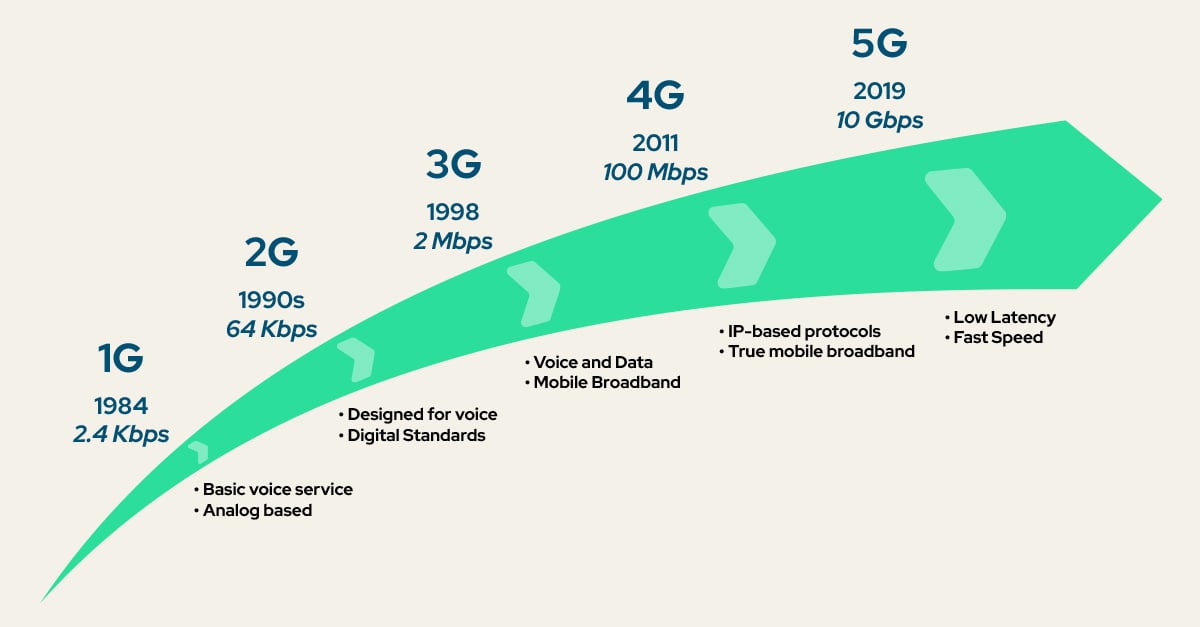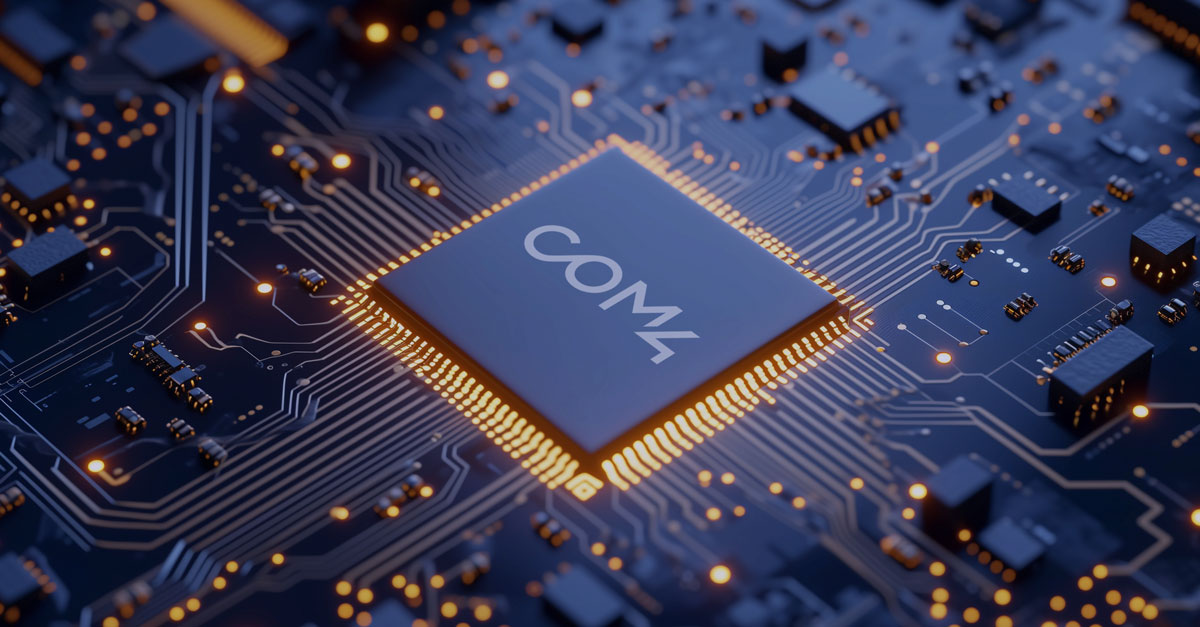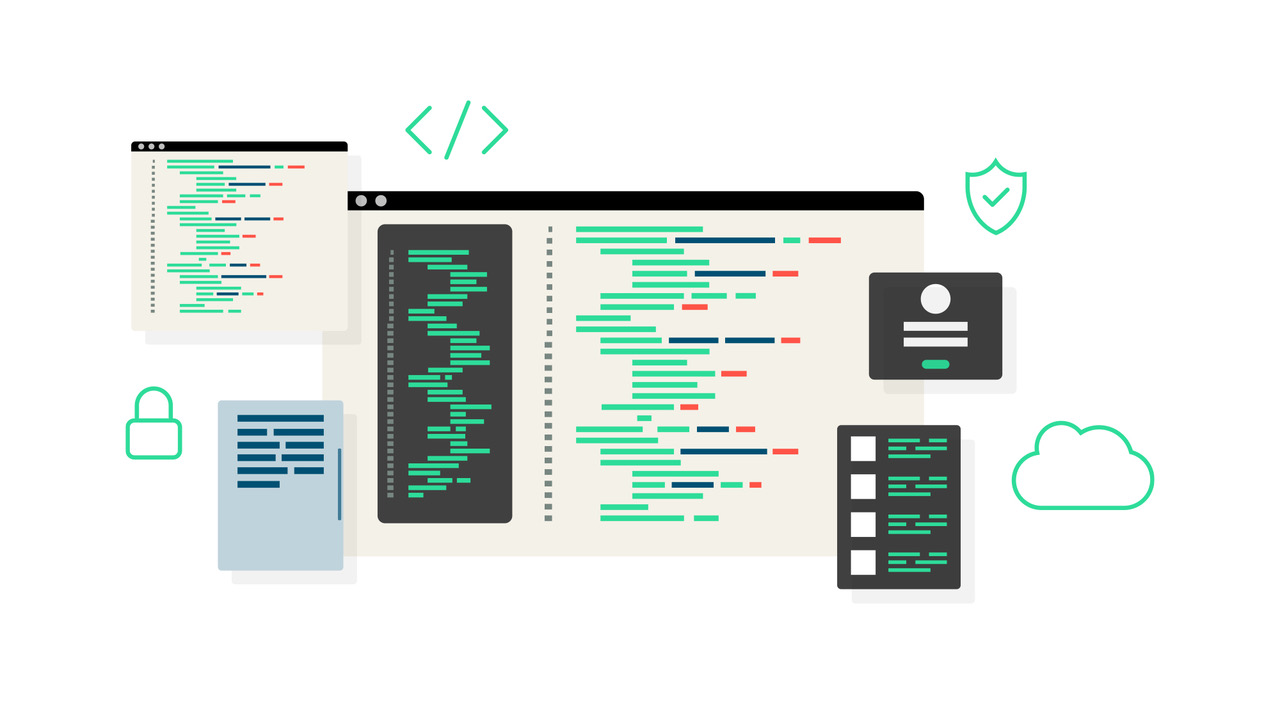The rollout of 5G is more than just an upgrade; it marks a transformative shift in how businesses operate, offering new opportunities to optimize processes and enhance competitiveness. Com4 is at the forefront of this revolution, delivering advanced solutions that enable organizations of all kinds to fully leverage the benefits of 5G.
Table of Contents
-
Understanding 5G: A Breakthrough in Connectivity
-
Revolutionizing Aquaculture: The Role of Com4 and Remora Robotics
-
The Impact of 5G on IoT: Expanding Potential
-
Key Advantages of 5G for IoT
-
Enhanced Mobile Broadband (eMBB)
-
Ultra-Reliable Low Latency Communications (URLLC)
-
Massive Machine-Type Communications (mMTC)
-
Energy Efficiency
-
-
5G Network Slicing
-
Preparing for a 5G Future
Understanding 5G: A Breakthrough in Connectivity
5G, the fifth generation of wireless technology, offers significant improvements over its predecessors, delivering faster data speeds, lower latency, and the ability to connect a vast number of devices simultaneously. While earlier generations primarily catered to mobile communication for consumers, 5G is purpose-built to support the future, especially in the context of IoT.
At Com4, the 5G Network Project is a key initiative designed to establish a robust and reliable infrastructure capable of supporting diverse IoT applications. The network’s future-proof architecture ensures its readiness to handle the demands of next-generation technologies. 5G's low latency and high-speed capabilities are particularly critical for applications requiring real-time data processing, such as autonomous vehicles, smart city infrastructure, and industrial automation.
Revolutionizing Aquaculture: The Role of Com4 and Remora Robotics
Norway’s aquaculture industry is being transformed by Remora Robotics, a company integrating artificial intelligence and robotics to address the challenges of fish farming. Remora’s underwater robot, designed to clean fish pens autonomously, is an example of how 5G and IoT are being applied in real-world scenarios. Traditional methods of pen cleaning are costly and often detrimental to fish welfare, but Remora's solution, powered by Com4’s technology, ensures cleaner pens with minimal environmental disruption.
Com4 plays a crucial role in enabling the operation of Remora’s robots by providing Fixed Wireless Access (FWA) technology. This ensures real-time video and data transmission between the robots and the operations center in Stavanger. By utilizing 4G and 5G networks with speeds reaching 500 Mbit/s, Com4 delivers the low-latency, high-speed connectivity necessary for continuous monitoring and real-time decision-making, allowing Remora’s systems to optimize performance in real time.
See our Global Coverage for 5G.
The Impact of 5G on IoT: Expanding Potential
5G technology is set to revolutionize the IoT ecosystem in the Nordic region, where a strong foundation of connected devices already exists. The enhanced bandwidth, security, and latency improvements of 5G will enable new types of IoT devices and applications previously constrained by 4G networks. This technological leap will foster new business models, driving innovation and enhancing operational performance across multiple sectors.
Com4 recognizes that 5G supports the scalability required for complex IoT systems, ensuring isolated and secure service environments even when sharing infrastructure. This service isolation is vital for maintaining the security and reliability of critical operations.
Ready to explore next-generation IoT connectivity? Get started with Com4 IoT SIM cards at no cost and experience the future of IoT solutions firsthand.
Key Advantages of 5G for IoT
5G offers several key benefits that will drive the evolution of IoT, particularly in the Nordics, where industries increasingly rely on automation and data-driven decision-making:
- Enhanced Mobile Broadband (eMBB): 5G delivers significantly higher data speeds, with potential rates up to 10 Gbps, crucial for data-heavy IoT applications such as video surveillance and real-time analytics. The Nordics' existing digital infrastructure, combined with 5G’s capabilities, will further empower businesses to deploy advanced IoT solutions.
- Ultra-Reliable Low Latency Communications (URLLC): 5G’s ultra-low latency is essential for applications that depend on real-time data, such as remote surgery or industrial automation. In critical environments, URLLC ensures machines and robots can respond instantly, enhancing both safety and efficiency.
- Massive Machine-Type Communications (mMTC): Supporting up to one million devices per square kilometer, 5G enables massive IoT deployments, critical for smart cities and large-scale sensor networks. In the Nordics, where smart urban development is a priority, mMTC will drive the creation of intelligent infrastructure.
- Energy Efficiency: 5G introduces energy-saving features for IoT devices, extending battery life through Power Saving Mode (PSM) and Discontinuous Reception (eDRX). These enhancements are particularly important for remote IoT deployments, such as environmental monitoring in the Arctic.

Com4’s 5G architecture emphasizes end-to-end security and quality, ensuring that data remains isolated and secure throughout its journey from the network to the end user. This level of isolation is critical in industries such as healthcare, finance, and critical infrastructure, where data integrity is paramount. Com4’s approach ensures that 5G services are not only faster but also more secure and reliable.
5G Network Slicing
Advanced 5G network slicing capabilities are set to provide highly specialized and efficient connectivity solutions tailored for diverse IoT applications. With 5G’s inherent support for high data rates, ultra-low latency, and massive device connectivity, network slicing becomes a key enabler to meet the unique demands of industries like healthcare, manufacturing, logistics, and smart cities. It allows the segmentation of a single physical 5G network into multiple virtualized networks, each optimized for a specific application or service, delivering guaranteed Quality of Service (QoS), bandwidth, security, and latency profiles.
Leveraging Software-Defined Networking (SDN) and Network Function Virtualization (NFV), network slices can be dynamically created and managed in real time, offering unparalleled flexibility. For instance, an IoT solution for remote robotic surgery requires ultra-reliable, low-latency communication, which can be achieved through a dedicated network slice with stringent performance criteria. Meanwhile, an industrial IoT deployment for predictive maintenance might need a slice with moderate latency and high bandwidth to handle large data streams from connected sensors.
Network slicing not only optimizes network resources but also improves overall efficiency by dynamically allocating bandwidth and computing power to the most demanding applications. Each slice operates independently, allowing for secure isolation between services. This is critical for applications such as autonomous vehicles, where the safety and reliability of the connection are paramount, or smart city deployments where a massive number of IoT sensors need to be managed without compromising performance.

The integration of edge computing with 5G network slicing further enhances capabilities by processing data closer to IoT devices, reducing latency, and supporting time-sensitive applications like real-time video analytics or augmented reality in industrial settings. The ability to scale network slices based on demand allows IoT service providers to rapidly introduce new services without significant infrastructure investment, facilitating faster time to market.
Preparing for a 5G Future
As 5G networks continue to expand worldwide, businesses must prepare for both the opportunities and challenges that this new technology presents. While many IoT applications will still perform effectively on existing 4G, LTE-M, and NB-IoT networks, those requiring high-speed, low-latency connectivity will need to adapt to 5G’s capabilities.
The arrival of 5G brings transformative possibilities for industries across the globe. From smart cities to connected healthcare and industrial automation, the applications of 5G are diverse and impactful. By enabling faster, more reliable, and secure connections, 5G will drive growth, efficiency, and innovation across a broad range of sectors.
Com4 is committed to guiding organizations through this transition, offering tailored solutions for upgrading infrastructure, integrating 5G, and exploring new use cases that fully leverage its potential.

 CASE STUDY
CASE STUDY
.jpg)




.png)

